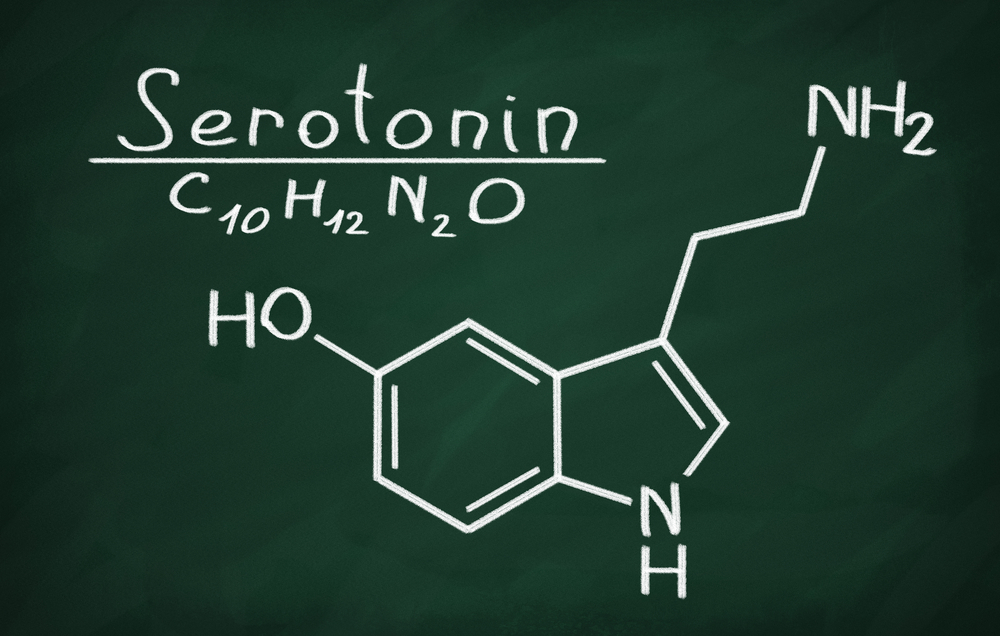Serotonin Receptor as a Treatment Strategy for PAH?

Whether you’re studying pulmonary arterial hypertension (PAH) or another disease, there’s always a sense of joy that comes from seeing potential new therapies finding success in the lab. As someone with a rare disease myself, I comb the literature to see what the next life-changing medication may be. While the treatment discussed below may not find its way into clinical trials, it serves as a mechanistic entry point for molecules to perhaps aid the treatment of those with PAH.
Researchers at Vanderbilt University Medical Center have identified a potential treatment strategy for preventing pulmonary arterial hypertension in a mouse model with a human-derived mutation. The small molecule SB204741 is an antagonist of the serotonin receptor and has been shown to reduce downstream activity of proteins that lead to the development of PAH. This is important because it opens the door for a new target for the treatment of PAH.
PAH is a disease characterized by an increase in pulmonary vascular resistance that results in increased pulmonary arterial pressures that cause the right side of the heart to fail. While the impact of serotonin has been well-established in PAH, little work has been done to link the role of the serotonin receptors to disease development. This study looks at how inhibiting a serotonin receptor through a small molecule can actually have relevant outcomes to patients with PAH.
To do this study, the researchers compared cells with “PAH” to those that are healthy and looked for evidence of normalization. After the animals and cells were treated, many of the characteristic signs of PAH were normalized. This indicates that the small molecule SB204741 may have potential in treating patients and in the clinic.
However, as an engineer studying PAH, I find mechanical-altering effects of SB204741 most interesting. When studying PAH, it is known that the PAH vessels are much stiffer than the vessels from a healthy mouse or patient. The addition of SB204741 actually reduced the stiffness of PAH vessels to those of normal ones. To me, this signifies that the small molecule’s impact translates from the molecular to the physical level.
While this study shows great promise for a novel treatment avenue for PAH, some questions remain. For example, the defect in the serotonin signaling pathway has not yet been anchored to the cell type that controls the majority of the downstream consequences. This gap in knowledge can be attributed to unknown signaling cascades between the receptor and the mechanisms through which PAH arises.
Despite the need for more studies to verify the validity of SB204741 as a new treatment, this study represents an exciting step toward uncovering the various mechanisms through which SRC and other deranged mechanisms in serotonin anorexigen PAH or heritable PAH can be exploited.
Note: Pulmonary Hypertension News is strictly a news and information website about the disease. It does not provide medical advice, diagnosis, or treatment. This content is not intended to be a substitute for professional medical advice, diagnosis, or treatment. Always seek the advice of your physician or other qualified health provider with any questions you may have regarding a medical condition. Never disregard professional medical advice or delay in seeking it because of something you have read on this website. The opinions expressed in this column are not those of Pulmonary Hypertension News or its parent company, Bionews Services, and are intended to spark discussion about issues pertaining to pulmonary hypertension.








Leave a comment
Fill in the required fields to post. Your email address will not be published.